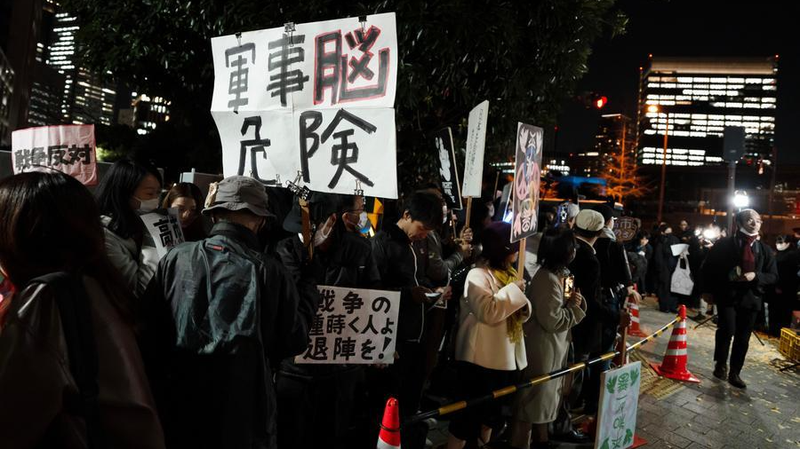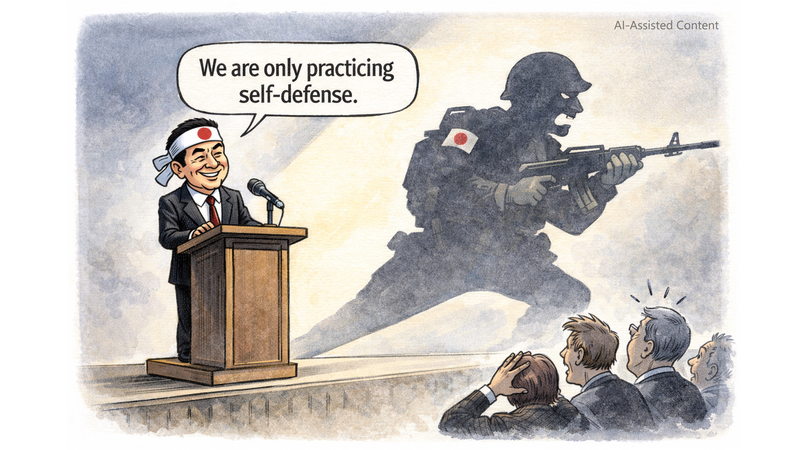The Asia-Pacific region is rewriting its playbook, and the United States' recent strategy is partly to thank or blame for the changes.
Pursuing an "America first" doctrine, Washington leaned into tariffs and security demands meant to shore up alliances. Yet these unilateral moves often generated diplomatic friction and stirred doubts about U.S. reliability.
Traditional partners from Tokyo to Canberra found themselves facing higher trade barriers and renewed calls to boost defense spending. Caught in this tug-of-war, many began looking for alternatives beyond a bilateral U.S. focus.
Enter multilateral initiatives: expanded free trade agreements, regional investment forums, and collective security dialogues that operate without Washington at the helm. By diversifying ties, Asia-Pacific nations aim to hedge risks and gain greater strategic autonomy.
On the economic front, supply chains are being revamped, cross-border payment systems are evolving, and reserve currencies are under review. This gradual pivot points to a long-term quest for financial resilience in the face of potential policy swings.
Ultimately, consistency has emerged as the currency of trust. In an environment where sudden policy shifts can disrupt markets and alliances, regional stakeholders increasingly prize steady, predictable engagement over brinkmanship.
The evolving dynamics of the Asia-Pacific remind global leaders that genuine influence stems from dependable partnerships. As the region charts its own course, collaborative leadership rooted in stability takes center stage.
Reference(s):
Why the U.S. Asia-Pacific strategy is at odds with its goals
cgtn.com




